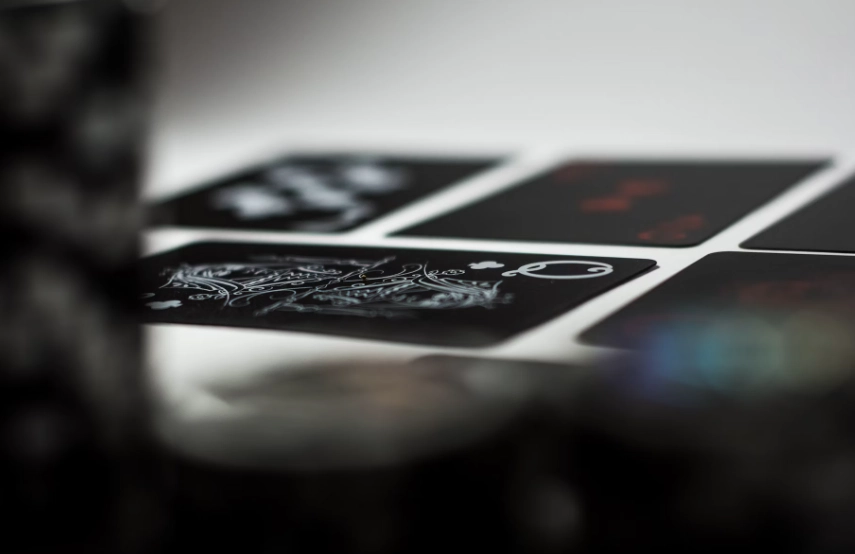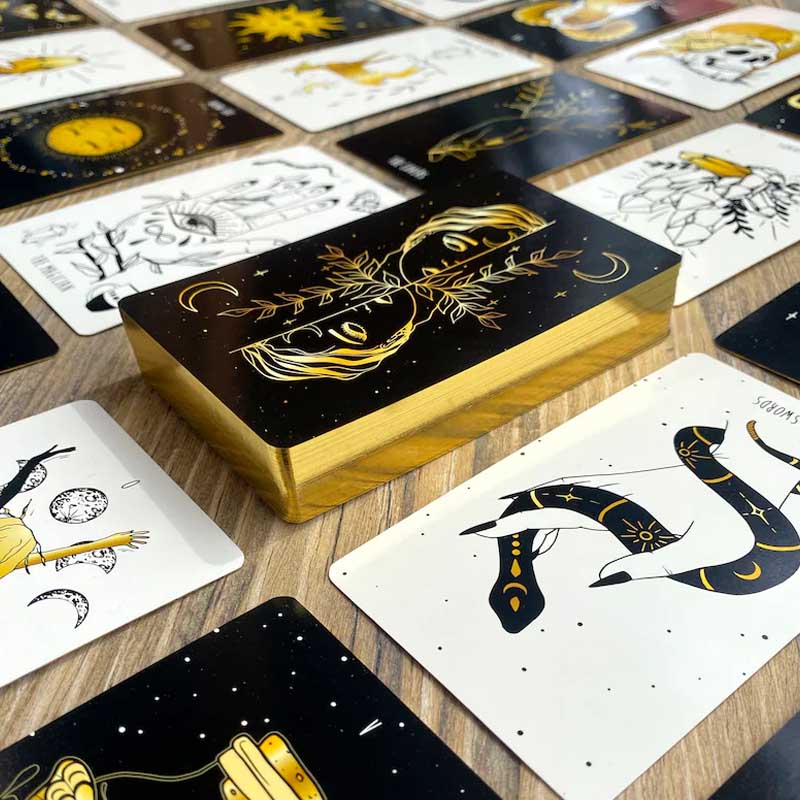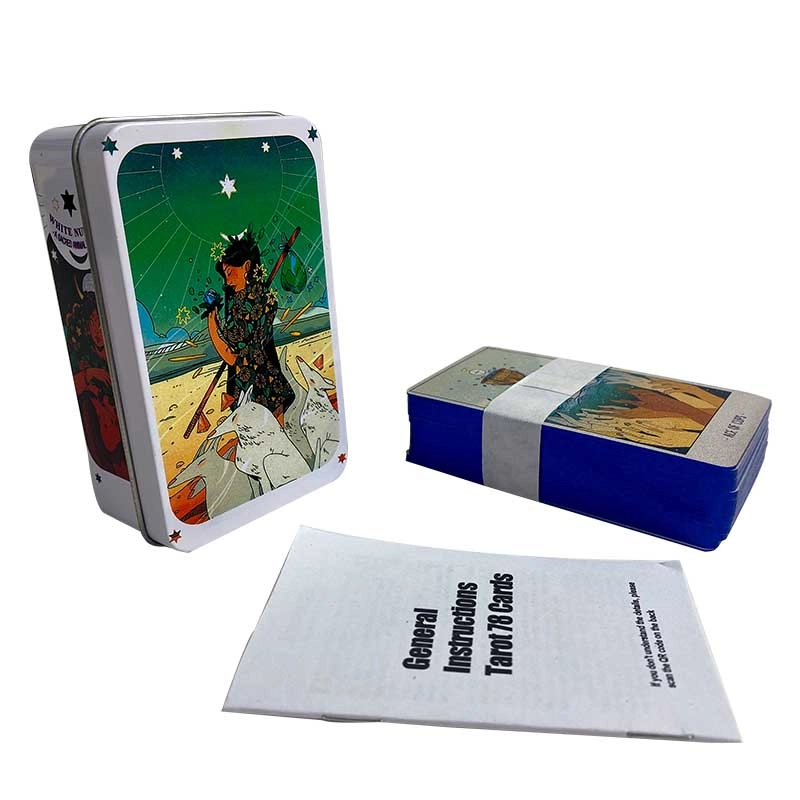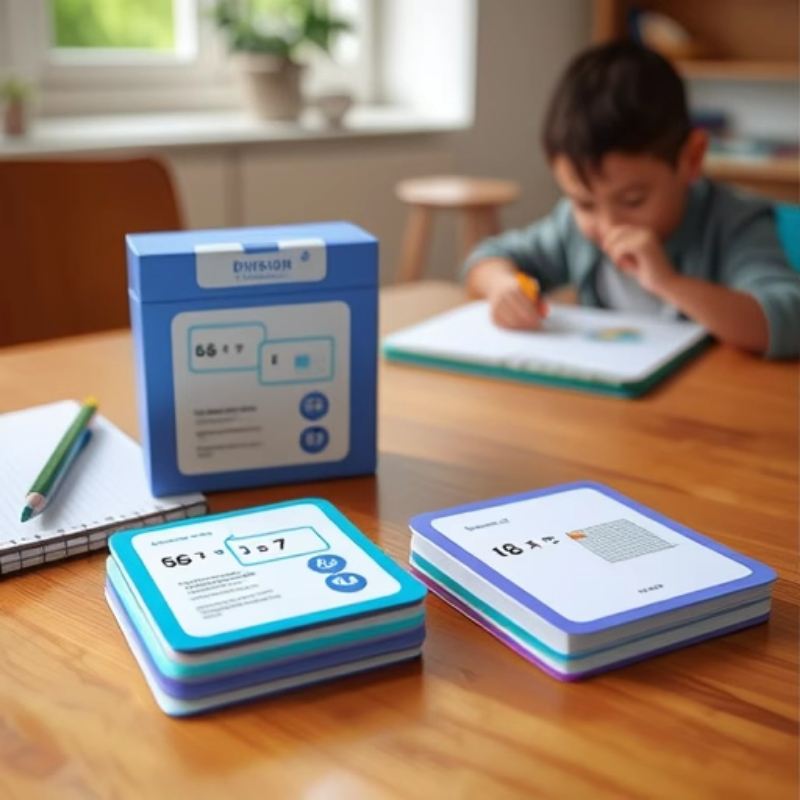
Understanding the Basics of Custom Game Cards
Definition and Purpose of Custom Game Cards
Customized game cards are playing cards crafted to suit particular needs—be it for personal enjoyment or educational activities or as components for commercial tabletop games. These cards enable creators to materialize concepts and visions into reality by providing boundless opportunities, for artistic expression and originality. By creating game cards; individuals or companies can customize their gaming elements to mirror a particular motif, plotline, or idea.
Key Components of a Game Card Design
A crafted personalized game card consists of various essential elements.
- Artwork and Graphics: The visual appeal of the card is essential. High-quality graphics make the card engaging and memorable.
- Text Elements: This includes the name of the card, descriptions, rules, or instructions that guide players on how to use it.
- Card Layout: The arrangement of text and images should be intuitive and easy to follow.
- Material Quality: The durability and feel of the card depend on the material used for printing.
- Theme Consistency: All design elements should align with the overall theme of the game.
Giving attention to these elements of design and functionality, in mind while crafting game cards can guarantee a balance of usability and aesthetic appeal.
Tools and Materials Needed for Designing Game Cards
Software Options for Digital Design
Creating game cards starts with choosing the right software tools that meet your requirements effectively. Common choices consist of Adobe Photoshop or Illustrator for those with experience and Canva or GIMP, for beginners. These platforms enable designers to craft visuals and efficiently handle layers while also offering the flexibility to tailor premade templates to their liking.
Physical Materials Required for Printing
Selecting the materials is essential, for creating high-quality custom game cards with popular choices including;
- Cardstock Paper: Durable paper with varying thickness levels depending on usage.
- Coating Options: Glossy or matte finishes enhance durability while adding a premium look.
- Laminates: Protect against wear and tear during gameplay.
Choosing the Right Printing Method
Choosing the printing technique is essential when designing personalized game cards with various options available such, as;
- Digital Printing: Ideal for small batches due to its cost-effectiveness.
- Offset Printing: Suitable for large-scale production as it offers consistent quality at lower costs per unit.
- Screen Printing: Best suited for unique designs requiring vibrant colors.
Designing Your Custom Game Cards
Developing a Concept and Theme
When creating game cards from scratch the initial phase involves crafting a concept that matches your objectives precisely whether it serves as an educational resource or forms a crucial part of a strategic board game having clarity in your intentions goes a long way, in simplifying the following design stages.
For instance:
- Identify target audiences (e.g., children or adults).
- Define themes (e.g., fantasy worlds or historical events).
- Establish objectives (e.g., learning outcomes or competitive challenges).
Creating Artwork and Graphics
Creating artwork is crucial for crafting attractive personalized game cards, with creators emphasizing the following key aspects;
- Using high-resolution images compatible with printing requirements.
- Ensuring color schemes complement themes effectively.
- Maintaining uniformity across all card designs within one set.
Writing Text and Rules for Your Cards
Effective communication in written messages is key, to helping players grasp the functionality of each card in the game mechanics.
- Use concise language free from ambiguity.
- Highlight important details using bold fonts or contrasting colors.
- Include instructions explaining interactions between different types of cards if applicable.
Before moving on to production it is beneficial to test out prototypes to catch any possible problems that may affect how easily players can read or understand things during gameplay sessions.
Printing and Assembling Your Game Cards
Preparing Files for Printing
Before you proceed to the printing stage make sure that your files are ready for print by checking the resolution, file format, and layout alignment. It is advised to use high-resolution files ( at 300 DPI ) to uphold clarity and sharpness in the end result. PDF or TIFF are commonly chosen file formats, for professional printing.
Make sure to incorporate areas in your design to prevent white edges after cutting and keep all text within the safe zone to avoid accidental trimming near the edges of your project files for production quality standards compliance; consider partnering with companies such, as Suba offering prepress services for assistance.
Selecting a Printer or Print Service
Selecting a printer or printing service provider plays a vital role in ensuring top-notch customized game cards are produced successfully and meet the quality standards expected by customers. When making this decision factors such as the provider’s level of expertise in the field of printing well as the various printing techniques and material choices available need to be taken into account.
Cutting, Laminating, and Packaging Your Cards
After you’ve printed your personalized game cards out and they’re ready to go make sure to cut them to the right size. Top-notch companies such, as Subal use high-tech cutting tools for a finish ensuring the artwork and text stay sharp and intact.
Adding lamination to your cards gives them a layer of protection that boosts their durability and offers a glossy or matte look depending on what you like best. These laminated cards can withstand wear and tear well. Are perfect, for use over and over again in games.
Testing and Refining Your Game Cards
Gathering Feedback from Testers
Encourage testers to share their thoughts by using structured surveys or casual conversations to gather feedback on various elements like the readability of cards and rules clarity as well as overall satisfaction, with the experience.
Organize this feedback in a manner to pinpoint common themes or issues that require attention, such, as;
- Are the instructions clear and easy to follow?
- Do the graphics align with the theme effectively?
- Are there any balance issues in gameplay?
Making Necessary Adjustments to Design or Rules
After receiving feedback from testers on your custom game cards. Rules ensure any required changes such as improving text descriptions, for clarity adjusting gameplay mechanics for fair play, or upgrading the quality of artwork used.

Suba Custom Game Card Services
Suba is a full-service company that focuses on creating game cards for our clients by providing a complete package that includes design advice and support through, to production and shipping.
Working with Suba offers several advantages:
- Expertise: With over 20 years of experience in printing and packaging.
- Quality Assurance: Certified processes ensure compliance with international standards such as FSC BSCI ISO9001.
- Efficiency: Automated production equipment guarantees timely delivery without compromising on quality.
- Customization Options: From material selection to finishing techniques like lamination or embossing.
- Global Reach: Products are delivered securely across Europe, North America, and Southeast Asia.
We offer a variety of products including board games and tarot cards. Our facilities cover an area of 10 000 square meters and our teams boast more than twenty years of expertise in the field. All are geared towards our goal of being a top-notch global producer and service provider in the board game industry, with innovative product offerings.









